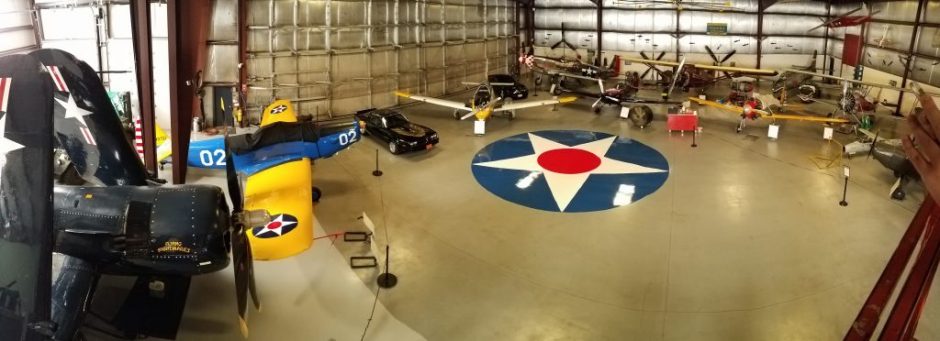

The Sopwith Camel was a British First World War single-seat biplane fighter aircraft introduced on the Western Front in 1917. It was developed by the Sopwith Aircraft Company as a successor to the earlier Sopwith Pup and became one of the best known fighter aircraft of the Great War.
The Camel was powered by a single rotary engine and was armed with twin synchronized Vickers machine guns. Though proving difficult to handle, it provided for a high level of manoeuvrability to an experienced pilot, an attribute which was highly valued in the type’s principal use as a fighter aircraft. In total, Camel pilots have been credited with downing 1,294 enemy aircraft, more than any other Allied fighter of the conflict. Towards the end of the First World War, the type had also seen use as a ground-attack aircraft, partially due to it having become increasingly outclassed as the capabilities of fighter aircraft on both sides were rapidly advancing at that time.
The main variant of the Camel was designated as the F.1; several dedicated variants were built for a variety of roles, including the 2F.1 Ship’s Camel, which was used for operating from the flight decks of aircraft carriers, the Comic night fighter variant, and the T.F.1, a dedicated ‘trench fighter’ that had been armoured for the purpose of conducting ground attacks upon heavily defended enemy lines. The Camel also saw use as a two-seat trainer aircraft. In January 1920, the last aircraft of the type were withdrawn from RAF service.
General characteristics
- Crew: 1
- Length: 18 ft 9 in (5.72 m)
- Wingspan: 28 ft 0 in (8.53 m)
- Height: 8 ft 6 in (2.59 m)
- Wing area: 231 sq ft (21.5 m2)
- Aspect ratio: 4.11
- Airfoil: RAF 16
- Empty weight: 930 lb (422 kg)
- Gross weight: 1,453 lb (659 kg)
- Zero-lift drag coefficient: CD0.0378
- Frontal area: 8.73 square feet (0.811 m2).
- Powerplant: 1 × Clerget 9B 9-cylinder air-cooled rotary piston engine, 130 hp (97 kW)
- Propellers: 2-bladed fixed-pitch wooden propeller
Performance
- Maximum speed: 113 mph (182 km/h; 98 kn)
- Stall speed: 48 mph (77 km/h; 42 kn)
- Range: 300 mi (261 nmi; 483 km)
- Service ceiling: 19,000 ft (5,800 m)
- Rate of climb: 1,085 ft/min (5.51 m/s)
- Wing loading: 6.3 lb/sq ft (31 kg/m2)
- Power/mass: 0.09 hp/lb (0.15 kW/kg)
- ArmamentGuns: 2× 0.303 in (7.7 mm) Vickers machine guns
This is a replica aircraft being assembled from a kit purchased from Airdrome Aeroplanes in Holden Missouri.
Sponsored by George Alarm Company Springfield, Illinois 217-525-1335
